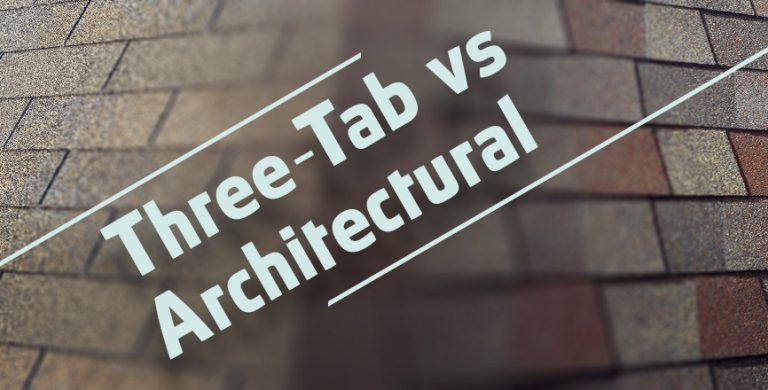You might think that all roofing materials are made to handle any type of weather, but that’s not the case. Even though they are designed for outdoor use, not all types of roofing can perform up to par in certain climates. For example, here in our area, the Roofing Annex recommends roofs that can perform in changing temperatures, resist the heat and UV rays of the sun and withstand heavy snow. If you’re in the market for a new roof or roof replacement, here are some climate guidelines to use, compliments of the Roofing Annex team.
Cold and Snowy Roofing Materials
As if the cold isn’t enough, the inches of heavy snow becomes a real endurance test for your roof. Asphalt shingles are a good, affordable option for insulating your home against cold temperatures and for handling the weight of snow. Cedar wood shingles and shakes are another best bet for this climate. Tile roofing or slate roofs, which are heavy materials themselves, can be used in regions that experience harsh winters, but the roofing material would require extra reinforcement. An alternative worth considering is synthetic slate roofing because it’s not as heavy as real slate. In addition, some synthetic slate roofs are made from materials that absorb water, a consideration when winter temperatures create freeze and thaw cycles that could lead to dangerous ice dams on your roof.
Roofs for Hot and Sunny Climates
In temperatures that reach desert-like heat, the priority is roofing materials that absorb or reflect the heat away from the house. The best choice is clay tile roofing because it blocks the heat. Asphalt shingles are a more budget-friendly option, especially light color choices because they keep a home cooler than darker colors. But keep in mind that extreme sunlight can fade shingles. Composite shingles are also worth considering because their color is resistant to fading in extreme sunlight. You might also want to consider a cool roof and benefit from lower energy costs when cooling your home.
Tropical Climate Roofing
What’s not to love about year-round tropical conditions? Actually for roofs, it’s algae growth. Humidity combined with high precipitation make the perfect conditions for algae on roofs. In tropical climates, metal roofing is the better choice because it resists algae. Numerous metal roof options are also waterproof and rust-resistant. As a more inexpensive option, you can go with asphalt shingles as long as they are treated with algaecides to prevent the growth of algae. Composite shingles are another good option because they resist moisture.
When it comes to choosing the best roofing materials for your climate, the Roofing Annex has you covered. While many of today’s roofing materials can accommodate most climates with certain treatments or reinforcements, there are extreme weather conditions where a particular roofing type is recommended. Choosing the best roofing material for your home will ensure a long-lasting investment that reduces maintenance costs and provides worry-free performance in any type of weather. If you have questions about roofing and weather conditions, get in touch with the Roofing Annex for advice. While we’re experts in forecasting how roofing materials will perform in certain climates, we’ll pass on forecasting the weather!



